API Trends to Watch in 2024
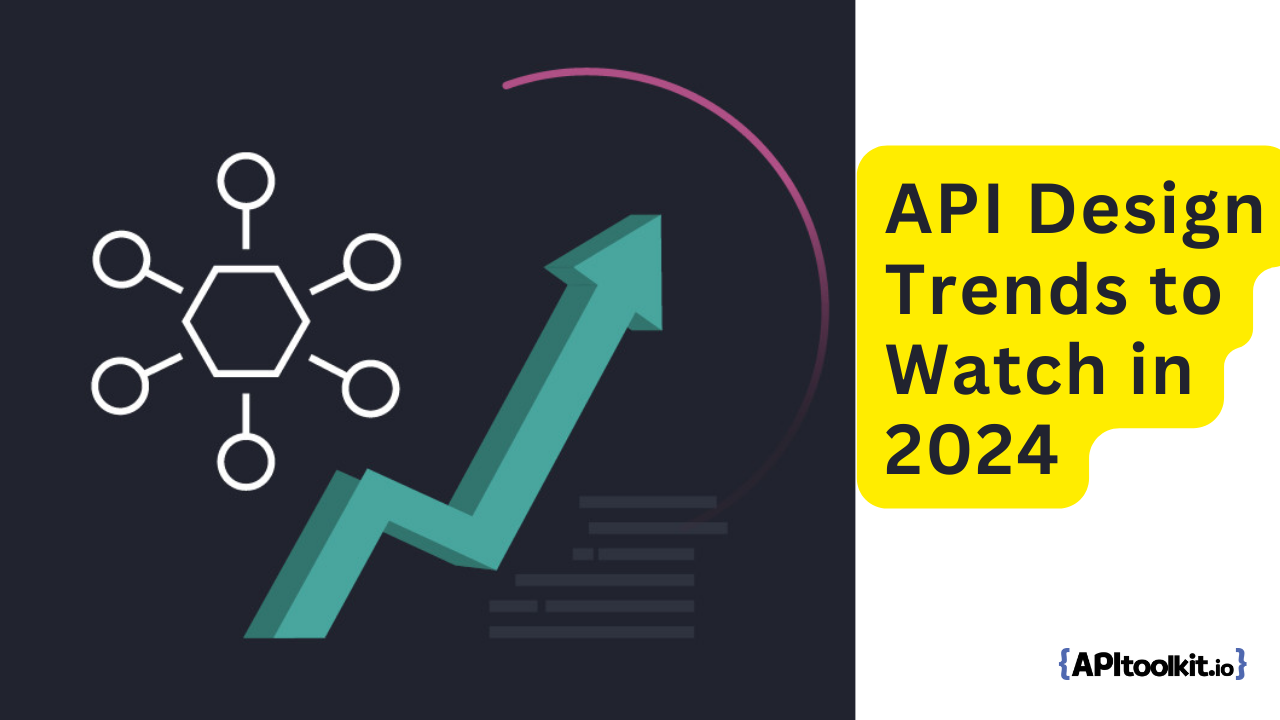
The API economy is booming. APIs are now asserting digital transformation. In banking, APIs are powering open banking initiatives and facilitating fintech innovation. In retail, APIs are driving omnichannel experiences and supply chain agility. The public sector is leveraging APIs to bridge siloed legacy systems. Telecom operators are unlocking network capabilities through APIs. Automotive companies are building in-vehicle infotainment systems using API-first design.
Across industries, organizations are racing to become more API-driven to boost productivity and enable digital-first business models. As a result, API design practices are rapidly evolving to meet the demands of powering enterprise-scale digital ecosystems.
In this post, we will distill the most impactful API design trends that are shaping development across sectors. Mastering these trends will future-proof your skills to meet the API needs of any industry.
Trend 1: API as a Product
The most significant shift in API design is the transition towards an API-as-a-product mindset.
In the past, APIs were treated as mere code artifacts for facilitating data exchange. But now developers are realizing that APIs are full-fledged products that solve real business problems.
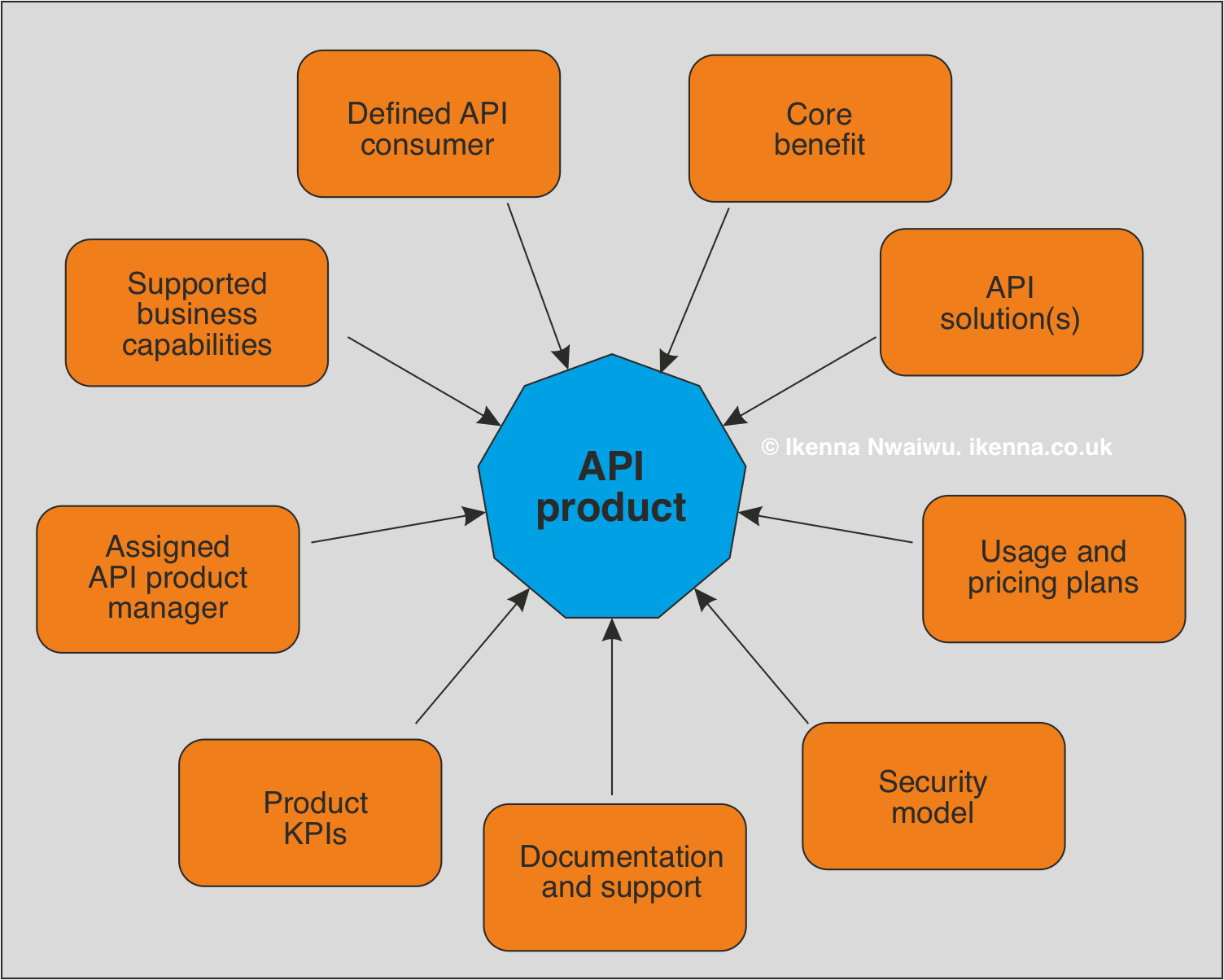
This product-centric approach unlocks many benefits:
-
Customer-focused development: API providers can map user journeys to offer intuitive, frictionless experiences.
-
Robust documentation: Developer portals with detailed docs, guides and samples make adoption easier.
-
Analytics-driven iteration: Usage metrics highlight opportunities for enhancing utility and performance.
-
Monetization: APIs evolve into revenue drivers with the help of tiers, quotas and monetization strategies.
To adopt an API-as-a-product mentality:
-
Identify your core API personas and use cases. Design for these target users.
-
Treat your developer portal as the true product interface and optimize it for usability.
-
Monitor API traffic and behavior to fix pain points and improve sticky-ness.
-
Define business models, pricing tiers and policies to monetize API usage.
With this shift in mindset, APIs can deliver tremendous business value far beyond just enabling integrations.
Trend 2: API Management as a Service (API MaaS)
API management is the comprehensive practice of creating, publishing, and managing Application Programming Interfaces (APIs) in a secure and scalable manner. APIs act as intermediaries, enabling seamless communication between different software applications.
API management platforms allow developers and organizations with the tools and resources necessary to effectively, Build APIs, Analyze APIs, Gain insights into API performance, usage patterns, Operate APIs, Scale APIs
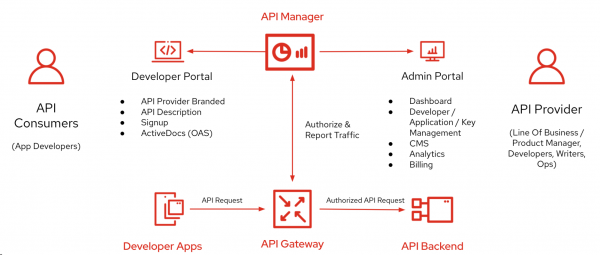
APIToolkit is a prime example of an API MaaS platform, offering a comprehensive suite of features to streamline API management:
Secure and Scalable API Gateway: Implement robust security measures like authentication, authorization, and rate limiting to safeguard your APIs.
Developer-Friendly Portals and Documentation: Foster a thriving developer ecosystem with interactive documentation and intuitive developer portals.
Actionable Insights with Traffic Analysis and Monitoring: Gain deep insights into API usage patterns and identify potential issues with comprehensive traffic analysis and monitoring tools.
Effortless Monetization: Implement flexible monetization strategies with built-in features for managing plans, billing, and payments.
Streamlined API Lifecycle Management: Simplify API versioning, deprecation, and other lifecycle management tasks with ease.
Seamless DevOps Integration: Integrate APIToolkit seamlessly into your existing CI/CD pipelines for automated API deployments and management.
By leveraging API MaaS solutions like APIToolkit, developers can significantly reduce the burden of API management, freeing up valuable time and resources to focus on innovation and building exceptional applications.
Trend 3: Serverless Architecture
Serverless architecture minimizes backend complexity which accelerates API development Traditionally, APIs were hosted on servers that developers had to provision and manage. But with serverless computing, these infrastructure concerns are handled by cloud platforms.
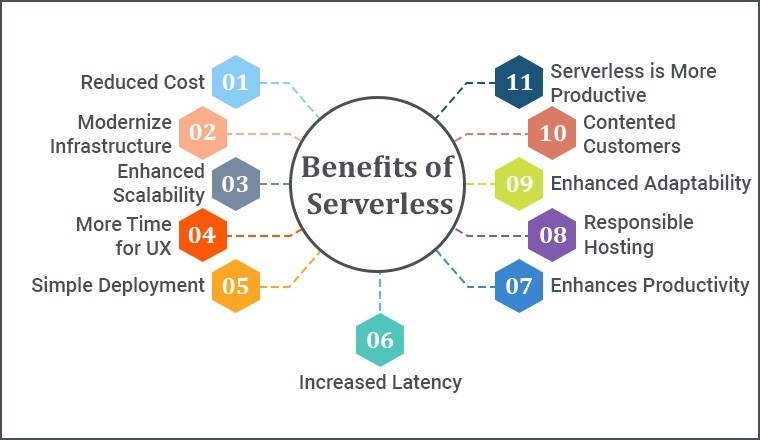
Benefits of a serverless approach:
-
No servers to manage: Platforms manage capacity, scaling and availability.
-
Pay-per-use: Computing resources are metered and billed only for usage.
-
Auto-scaling: Backend scales seamlessly based on demand spikes.
-
Faster development: Removes infrastructure code so developers just write business logic.
-
Portability: Can switch between cloud providers easily.
For greenfield APIs, serverless is the best approach to accelerate development. But migrating brownfield APIs requires refactoring monoliths into microservices.
Trend 4: API Analytics
Application programming interfaces (APIs) have emerged as a critical enabler of data analytics. APIs allow different software systems and datasets to connect and share information seamlessly. API analytics tools empower companies to track detailed metrics on API usage and performance.
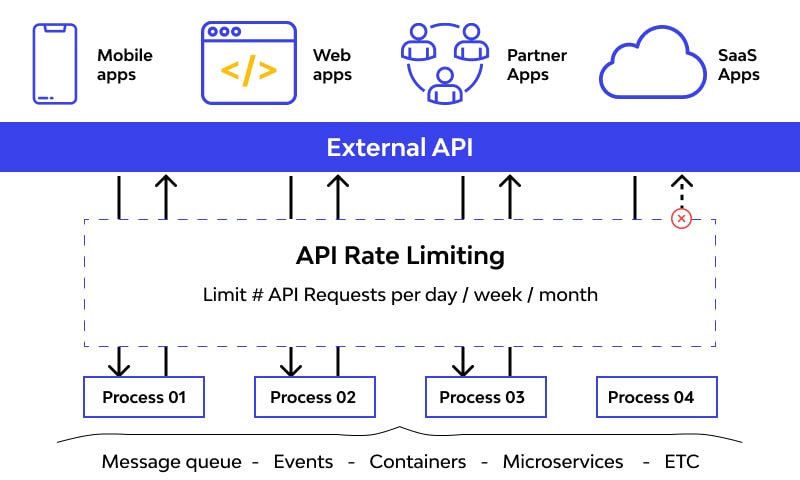 - Usage metrics: Volume, frequency and consumption patterns.
- Usage metrics: Volume, frequency and consumption patterns.
-
Performance monitoring: Latency, uptime, error rates.
-
Customer analytics: Developer personas, adoption lifecycles, loyalty.
-
Business metrics: Conversion funnel, revenue streams, ROI.
With analytics, you can
- Identify usage trends and optimize development efforts.
- Detects performance issues proactively before customers are impacted.
- Gain customer intelligence to nurture developer relationships.
- Quantify business value delivered by APIs.
Trend 5: Open Source APIs
Open source is fuelling API adoption across companies and developers. Traditionally, organizations were hesitant to share APIs openly. But the massive success of open source APIs from Google, Stripe, Twilio etc. demonstrates the benefits:
-
Community feedback: Bugs and issues are reported faster.
-
Trust: Transparency builds credibility and loyalty.
-
Promotion: Showcases capabilities to attract new users.
-
Partnerships: Extensibility enables building on top of APIs.
-
Cost savings: Avoid reinventing the wheel by reusing APIs.
For publishing open APIs
-
Start by open sourcing non-core utilities that complement your product.
-
Invest in thorough documentation and guides to onboard developers.
-
Frame permissive usage terms to encourage adoption.
-
Monitor projects and extensions developers build on top of your API.
-
Route feedback back into improving the API for the community.
Trend 6: AI to Enhance APIs
Ai helps pinpoint anomalies indicative of a security breach or API failure. It enables predictive maintenance that flags issues before they disrupt services. These AI capabilities allow businesses to maximize API uptime and deliver superior developer experiences.
1. AI-Powered API Development
Manual coding is being augmented by AI capabilities
-
API auto-generation: Create boilerplate code and stubs automatically based on specs.
-
Code assistance: AI code completion, recommendations and error detection.
-
Lifecycle automation: AI bots handle testing, deployment, maintenance.
-
Security: AI identifies vulnerabilities early and mitigates threats.
-
Performance optimization: Continuously tunes APIs by analyzing usage patterns.
2. AI-Infused APIs
Embedding AI enhances the capabilities of APIs
-
Vision APIs: Analyze images and videos using computer vision.
-
Speech APIs: Convert speech to text and text to speech with machine learning.
-
Language APIs: Sentiment analysis, classifications and translations.
-
Recommendation APIs: Personalized product suggestions using collaborative filtering.
-
Chatbots: Conversational interfaces for intuitive user interactions.
Trend 7: API Developer Experience
Application programming interfaces (APIs) are only as valuable as their usage and adoption by developers. An API that goes unused provides no benefit to the business that created it. Therefore, optimizing the developer experience (DX) around APIs is absolutely crucial for their success.
The developer experience includes the entirety of a developer’s interactions with an API. This starts from initial API discovery and onboarding, to integrating the API into an application, to ongoing management and support. At every touchpoint, the API provider must eliminate friction and create intuitive, efficient experiences for developers.
Elements of excellent API DX
-
Discoverability: Easy to find in directories and search engines.
-
Understandability: Intuitive naming schemes and clear documentation.
-
Usability: Seamless integration and minimal effort.
-
Reliability: Consistent uptime and performance.
-
Supportability: Samples, SDKs, tools to speed adoption.
-
Community: Forums and events to foster relationships.
To improve developer experience:
-
Empathize with your developers and identify friction points.
-
Benchmark against competitors and leading API-first companies.
-
Solicit developer feedback early and often.
-
Have developers co-design your developer portal and sandbox.
Delivering delightful experiences will earn you loyal API consumers.
Final note
API design is rapidly evolving. Learning these trends will help you stay ahead of the curve and build world-class APIs. Some important trends to follow include the widespread adoption of GraphQL as an alternative to REST, increased use of gRPC and Protobuf for internal communication, and a shift towards event-driven and webhook-based asynchronous APIs.